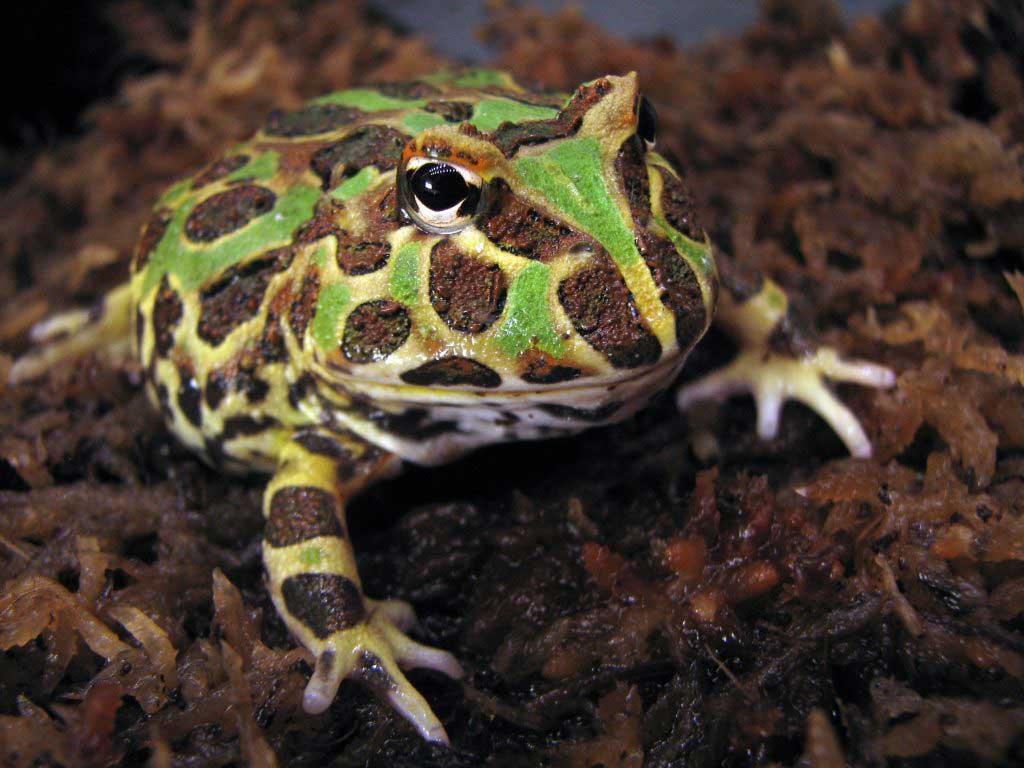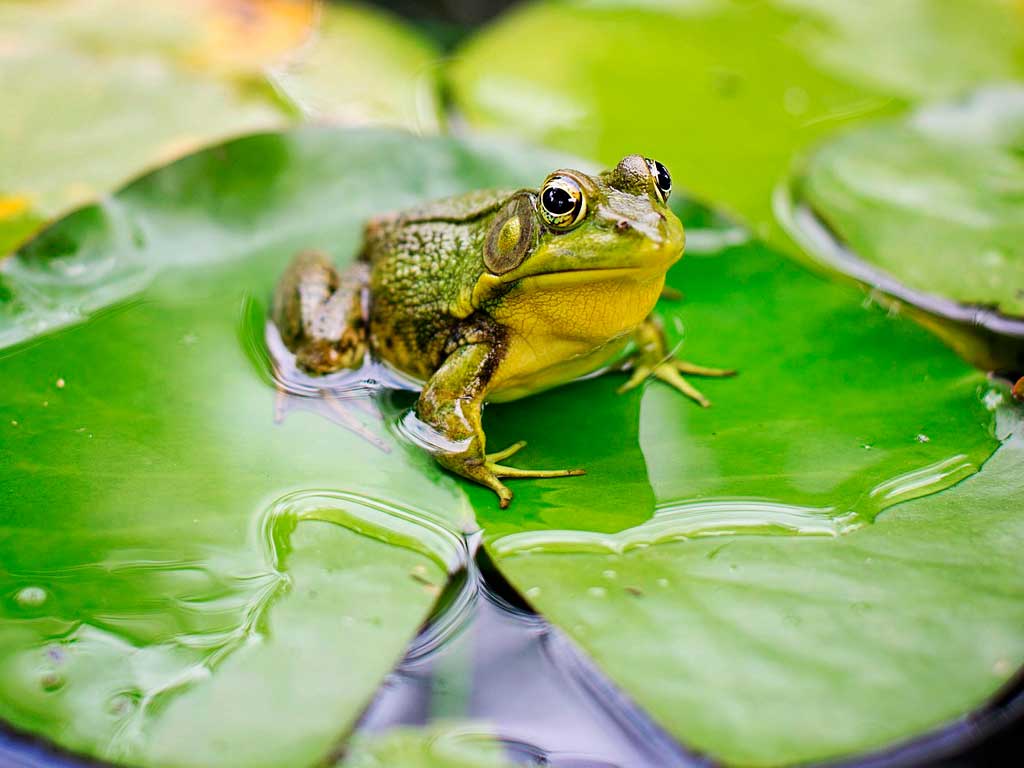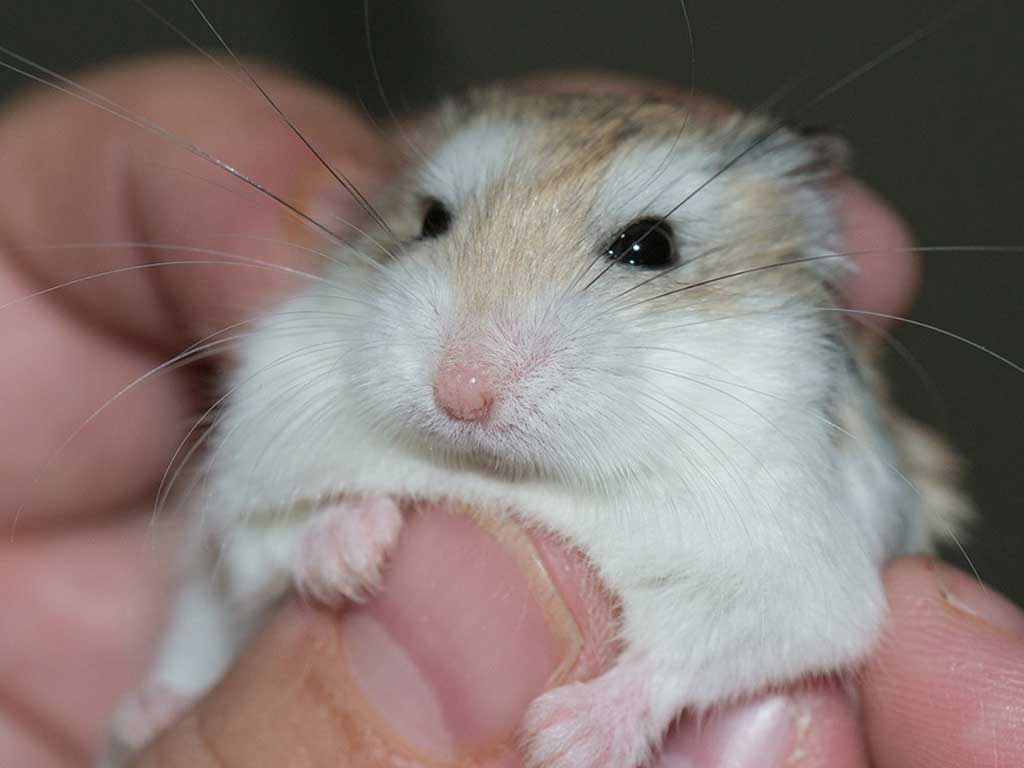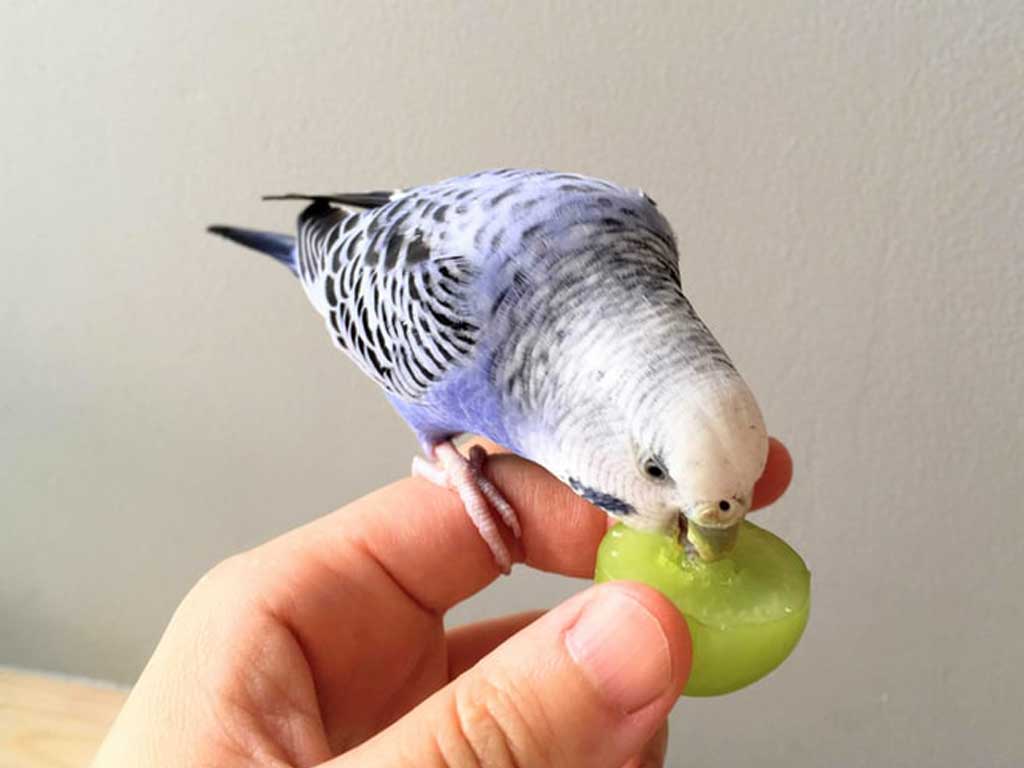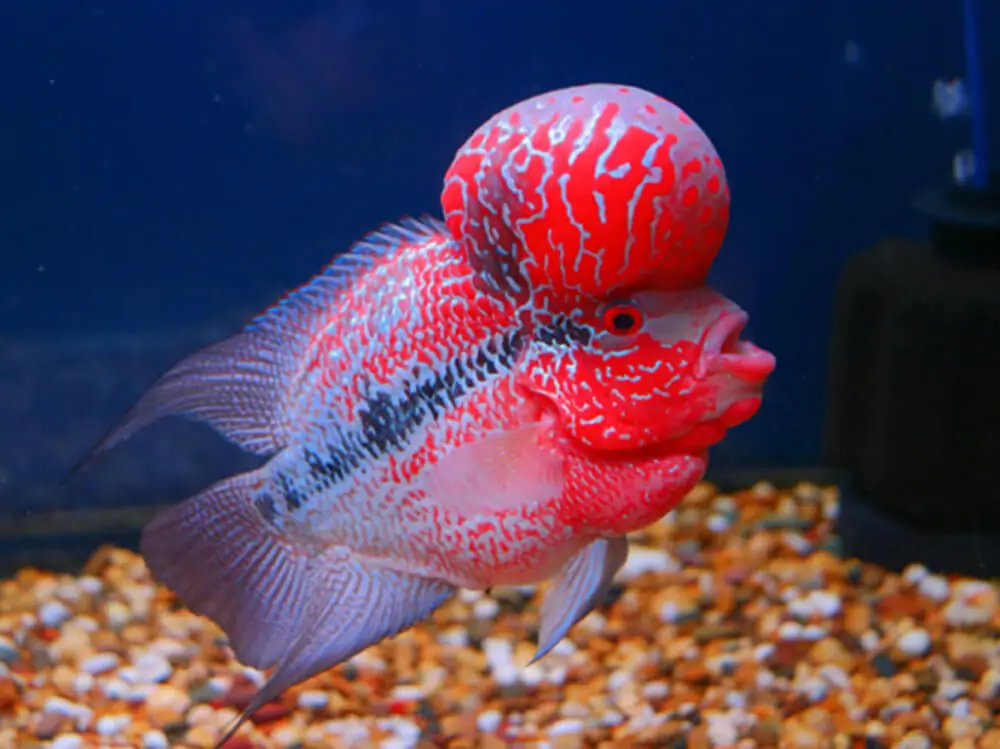Commonly known as Pacman frogs (genus Ceratophrys), these amphibians are recognized for their voracious appetite, stout bodies, and large mouths that nearly span the entire width of their head. While Ceratophrys cranwelli (the most common in the pet trade) is the most famous, the genus actually includes several species with remarkable adaptations. Caring for these frogs is not as simple as placing them in a humid terrarium and feeding them insects: they need specific substrate, temperature, humidity, hygiene, and a balanced diet to grow healthily and avoid disease.
This article compiles information from two main sources into one comprehensive, understandable, and instructive guide covering:
- Origins, evolution, and diversity of the genus Ceratophrys
- Key aspects of feeding—avoiding intestinal impaction and promoting optimal growth
- Advanced terrarium setup to replicate their natural environment and prevent disease
- Critical mistakes even experienced keepers make
- Characteristics, behavior, and breeding techniques in captivity
Evolution and Distribution of the Genus Ceratophrys
Cladistics and the Refugia Theory
In 1982, J. Lynch conducted a cladistic analysis to evaluate J. Haffer’s refugia theory, which posits that Pleistocene climatic fluctuations (with arid periods) caused geographic isolation and thus speciation in South America. His main findings established two monophyletic groups within Ceratophrys:
- Northern Group: C. stolzmanni, C. calcarata, C. cornuta
- Distribution: Amazon region, northern Colombia, Venezuela, and the Gulf of Guayaquil.
- Geographically isolated species.
- C. cornuta (Surinam Horned Frog) is the most divergent due to multiple apomorphies.
- Southern Group: C. cranwelli, C. ornata, C. aurita
- Distribution: Associated with the Paraná River system and coastal areas of Brazil, Uruguay, and Argentina.
This separation suggests allopatric speciation, where northern and southern frogs evolved independently due to geographic barriers and climatic changes.
Species in the Genus Ceratophrys
Currently, there are 8 recognized species in Ceratophrys:
- C. aurita (Brazilian Horned Frog)
- C. calcarata (Venezuelan Horned Frog)
- C. cornuta (Surinam Horned Frog)
- C. cranwelli (Chacoan Horned Frog or Cranwell’s Horned Frog)
- C. ornata (Argentine Horned Frog)
- C. stolzmanni (Pacific Horned Frog)
- C. joazeirensis (Caatinga Horned Frog)
- C. testudo
In the pet trade, the most common are C. cranwelli and C. ornata. There are also hybrids known as “Fantasy Pacman Frogs” (a cross between C. cranwelli and C. cornuta), which tend to have more pronounced “horns” than C. cranwelli, though not as striking as C. cornuta. These hybrids are infertile.
Characteristics and Behavior
Morphology and the “Pacman Look”
- Broad, stocky body: These frogs can reach up to about 15 cm (6 inches) in length and often appear as wide as they are long.
- Large mouth: It spans almost the entire width of their face, giving them their “Pacman” nickname.
- Varied coloration: They occur in green, brown, albino, and even less common variations such as gray, bluish-green, and several shades of red.
- Ambush behavior: They spend much of their time partially buried or motionless, waiting for prey to come close.
Hunting Adaptations
Their apparent “laziness” is actually a highly effective ambush strategy. They have bony projections on their jaws (odontoids) that function like “teeth,” gripping prey firmly and making escape difficult.
Solitude and Territoriality
- Cannibalism: Both juveniles and adults may attack each other. It is therefore advised to keep only one frog per terrarium.
- Defensive aggression: When threatened, they may bite, and their jaw projections can cause painful wounds.
Terrarium Setup: Beyond the Basics
Enclosure Size
- Minimum recommendation: A 10-gallon tank (about 40 liters) for an adult can suffice, but a 20-gallon “long” tank provides more comfort.
- Practical rule: At least 5–8 times the frog’s length in the enclosure (for example, 40×30×30 cm for a 15 cm specimen).
Substrate
- Ideal option: Coconut fiber or peat free of fertilizers, with a depth of 5–8 cm to allow burrowing.
- Avoid: Gravel, substrates with fertilizers, or large chunks (e.g., coarse bark or unground coconut chips), as these can cause impaction if ingested.
- Moderate humidity: Keep it moist but not waterlogged. You can mist one side more so the frog can choose its preferred spot.
Water Source
- Shallow water dish: With low edges so the frog can easily get in and out.
- Daily change: The water should be dechlorinated (either by letting it sit for 24 hours or using a water conditioner).
- Essential function: Helps remove toxins excreted through the skin and maintains humidity.
Temperature and Humidity Control
- Optimal range: 25–30 °C (77–86 °F) during the day, 20–22 °C (68–72 °F) at night.
- Heating methods:
- A heating pad on the outside or side of the enclosure, connected to a thermostat.
- Avoid placing the heat mat beneath the substrate, as the frog burrows to cool down and could overheat.
- Avoid strong lamps: These frogs need 70–80% humidity, and intense lighting can dry out the environment.
- Use a hygrometer and thermometer: Essential for monitoring the enclosure’s microclimate.
Decoration and Hideouts
- Artificial plants or caves: Provide a sense of security.
- Frequent cleaning: Remove leftover food and droppings every 48 hours to prevent infections.
Feeding: Myths, Risks, and Expert Techniques
Prey Size
- Golden rule: Never offer prey larger than half the frog’s head size.
- Risk: Oversized prey can begin to decompose before digestion, releasing harmful gases.
Staple Diet in Captivity
- Insects: Crickets, Dubia roaches, mealworms (in moderation), and superworms.
- Occasional options: Earthworms, small fish (such as guppies), and pinky mice (newborn, hairless mice), but only in moderation due to their high fat content.
- Supplements:
- Calcium and vitamin D3: Dust insects every 3–4 feedings.
- Additional vitamins: It is recommended not to mix them with calcium in the same feeding to maximize absorption.
- Tip: Dip only the insect’s abdomen in the supplement powder to avoid rejection by the frog.
Feeding Frequency and Growth
- Tadpoles: Feed daily until metamorphosis (3–4 weeks).
- Juveniles: Feed every 2 days, avoiding pinkies until they reach at least 3–4 cm in size.
- Adults: Feed every 7–14 days, depending on activity and body condition.
- Avoid rapid growth: In the wild, they might reach 8 cm in 4 weeks, but in captivity, taking 12–18 months is better to prevent obesity and prolong lifespan.
Additional Recommendations
- Never feed wild-caught prey: It may carry parasites or pesticides.
- Gut-loading: Feed crickets nutritious vegetables or commercial diets to improve their nutritional value before offering them to your frog.
Handling, Health, and Disease Prevention
Handling
- “Look but don’t touch”: As amphibians, they absorb substances through their skin and become stressed when handled.
- Risk of bites: Their odontoids can cause bleeding wounds. Handle them only when absolutely necessary (e.g., transferring to a new enclosure).
- Hygiene: Wash your hands thoroughly before and after handling, ensuring no soap or chemicals remain.
Warning Signs
- Abdominal swelling: Potential impaction or digestive issues.
- Prolonged appetite loss: Could indicate thermal stress, internal parasites, or inadequate conditions.
- Cloudy eyes or skin lesions: Possible infections from contaminated water or substrate.
Key Preventive Measures
- Clean water: Change the water bowl frequently and always dechlorinate.
- Safe substrate: Prevent accidental ingestion of hard or toxic materials.
- Quarantine: At least 30 days for new specimens to rule out diseases.
- Specialized veterinarian: Annual checkups and fecal exams can detect parasites or other issues early.
Breeding in Captivity
Challenges
- Aggressiveness: Housing two frogs during breeding can be risky if they differ in size or if they aren’t well-fed, as one may eat the other.
- Sexual dimorphism: Males are typically smaller and will croak, while females are larger and silent.
The Breeding Cycle
- Conditioning: Feed generously for several months (pre-breeding phase).
- Cooling and dry period (2–4 months): Simulate the dry season at around 13–15 °C (55–59 °F) with low humidity and a substrate like sphagnum moss for burrowing. Mist lightly once a week.
- Return to warm, humid conditions: Increase the temperature to around 24–27 °C (75–80 °F) and mist heavily to mimic the rainy season. Males will start croaking, and females emerge from dormancy.
- Aquatic breeding tank (Rain Chamber): Shallow water with aquatic plants for egg deposition.
- Spawning and hatching: Eggs hatch in 1–2 days. Tadpoles are carnivorous and highly cannibalistic, so separate them individually or keep them in large groups with plenty of food and hiding places.
Tadpole Development and Metamorphosis
- Carnivorous tadpoles: Require protein-rich foods (e.g., fish fry food or blackworms).
- Rapid growth: Front legs may appear in about a month; at this point, they need areas to climb out of the water to avoid drowning.
- Separating juveniles: Newly morphed frogs can cannibalize each other if kept together without sufficient space or food.
Common Mistakes and Myths
- “They can live in groups.”
- False. Cannibalism is common, even in adults.
- “Dirty water is fine.”
- False. Stagnant water accumulates lethal toxins.
- “Pinkies boost growth without consequences.”
- False. Excessive feeding of rodents or other high-fat prey can cause obesity and shorten a frog’s lifespan.
- “They are perfect for beginners.”
- False. Although they may seem easy to care for, they require precise control of humidity, temperature, and diet, and their bites can be dangerous for inexperienced keepers.
Frequently Asked Questions (FAQ)
Why does my Pacman frog burrow for weeks at a time?
This is normal behavior: they reduce activity to conserve energy. Just ensure the temperature and humidity are within optimal ranges.
How do I prevent substrate ingestion during feeding?
Use feeding tongs to place prey directly in front of its mouth and choose a safe substrate like coconut fiber, which is more digestible if accidentally swallowed.
What if my frog bites another frog?
Separate them immediately. Disinfect the wound, and if it’s severe, consult a specialized veterinarian.
How often should I change the water and clean the terrarium?
Change the water daily (or as often as the frog uses it), and remove leftover food and waste every 48 hours. A deeper cleaning once a month is recommended, replacing some of the substrate.
Can I handle my Pacman frog frequently?
It’s not recommended. Only do so when necessary (e.g., moving enclosures, vet visits). They stress easily and can deliver a painful bite.
The Pacman frog (Ceratophrys spp.) is a fascinating example of evolutionary adaptation. Its plump appearance and ambush hunting strategy make it very appealing to amphibian enthusiasts, but it is not a beginner pet. It requires:
- Knowledge of its biogeography and physiology to create the proper environment
- Strict control of humidity, temperature, and substrate, crucial for avoiding disease
- A balanced diet and caution with prey size to prevent impaction and obesity
- Minimal handling due to its permeable skin and tendency to bite
With the right preparation and dedication, a Pacman frog can live for many years in captivity, delighting keepers with its unique behavior and extraordinary appearance. Every decision you make directly influences its well-being: in frog care, “less is more” regarding rapid growth, and “prevention is the best medicine.” With responsible husbandry, your Pacman frog will enjoy a long and healthy life.

